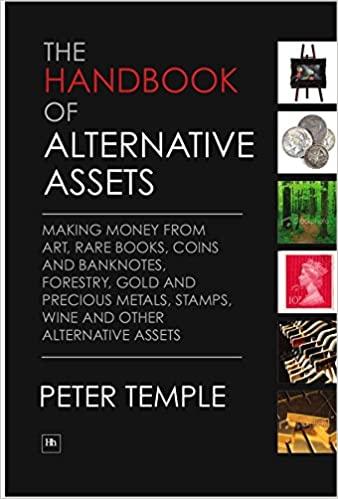Question
1) Two assets, A and B, have the same expected return (10%) and the same level of risk (average). Which of the following statements is
1) Two assets, A and B, have the same expected return (10%) and the same level of risk (average). Which of the following statements is true?
Select one: a. A rational investor will either put 100% of her funds into asset A or 100% of her funds into asset B because the return will be the same but the investor will not have to track two separate investments. b. A rational investor is indifferent between investing 100% in A, 100% in B, or a combination of A and B, because the return and risk will be the same. c. A combination of assets A and B will have the same expected return (10%) as either asset A or asset B, but may have less than average risk depending on how the cash flows from each asset move together. d. A combination of assets A and B will result in the same expected return (10%) as investing 100% in A or 100% in B, but the risk will increase because now two investments are at risk.
2) Calculate the future sum of $5,000, given that it will be held in the bank for 5 years at semiannuallyl interest rate of 6 percent
Select one: a. 6719 b. 7350 c. 7619
Step by Step Solution
There are 3 Steps involved in it
Step: 1

Get Instant Access to Expert-Tailored Solutions
See step-by-step solutions with expert insights and AI powered tools for academic success
Step: 2

Step: 3

Ace Your Homework with AI
Get the answers you need in no time with our AI-driven, step-by-step assistance
Get Started


